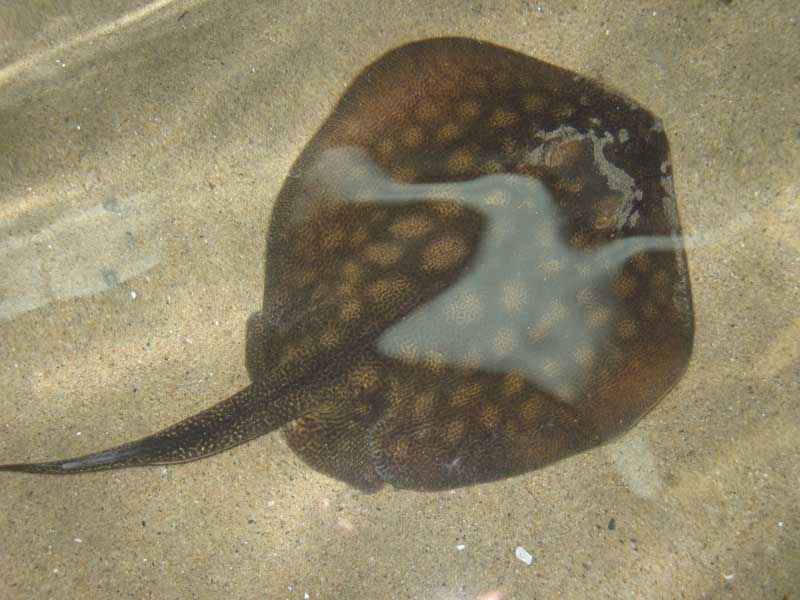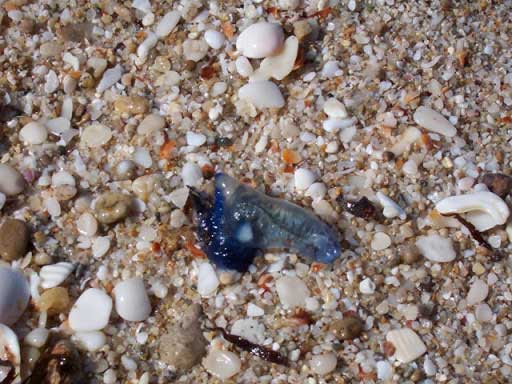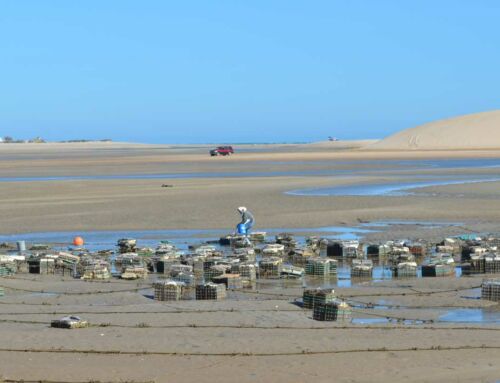Jellyfish & Stingray Season in Puerto Penasco

Stingrays
What are they?
Round stingrays are the most common in Puerto Penasco. They vary in color from tan to brown to gray and from plain to spotted or blotchy with varying pattern shades giving them a spotted appearance.
They range from just a few inches in diameter as a youngster to as much as 12″ as a full grown adult. Stingrays generally aren’t dangerous — in fact, they have a reputation for being gentle. They are harmless bottom feeders, they eat any food waste that would deteriorate the water quality.
Are they dangerous?
Although stingrays do not attack people, the tail spines can cause painful wounds if stepped upon or handled without caution. However painful the sting, they are usually little threat to the long term health of the wounded.
How to avoid getting stung?
Stingrays will usually only sting when disturbed or stepped on by unaware swimmers. if you shuffle your feet in the sand when in the water they hear you and leave. When you shuffle your feet as you walk you give the fish time to get out of your way. It could be Stingrays don’t want to be stepped on any more than you want to step on them!
What to do if you get stung?
Peeing on a stingray wound will not help. Quickly inspect the wound for a part of the stinger bone before the pain sets in. If you think the would may have some striking bone seek medical attention as it could get infected. The best way to relieve the pain is to soak the foot in the hottest water you can stand as quickly as possible. You can also rinse the wound with vinegar or apply a baking soda paste.
When is stingray season in Puerto Penasco?
Stingray season in Rocky Point can be anytime from early March to mid November with more activity noted from spring to early summer.

Jellyfish
What are they?
If you see a gelatinous blue blob on the sand while you’re walking down the beach or in the ocean while you’re swimming, avoid it and keep your eyes open for more. Most of jellyfish look like small, clear blobs with tentacles hanging beneath them.
Are they dangerous?
While jellyfish stings are painful, most are not emergencies. Expect pain, red marks, itching, numbness, or tingling with a typical sting. Even when they seem to be dead their sting can be very painful.
Once you’ve been stung, for some people it can take a long time for the pain to dissipate but others seem to be hardly bothered at all.
How to avoid getting stung?
Since they are relatively easy to see in the water, jellyfish can usually be avoided. If you see jellyfish in the ocean just stay out of the water in that specific area.
What to do if you get stung?
It’s best to rinse a sting with vinegar. Do not rub the area, it can make things worse. Pluck away any tentacles still on the skin. You can try soaking the wound in sea water with unflavored meat tenderizer and the jellyfish bits should dissolve.
If you experience any kind of allergic reaction immediately seek medical attention as this could be very dangerous.
When is jellyfish season in Rocky Point?
Jellyfish in Puerto Penasco normally appear during monsoon season with the peak usually being in July.








